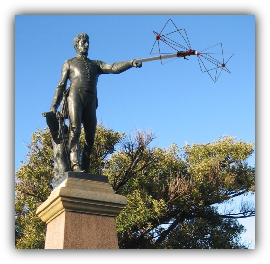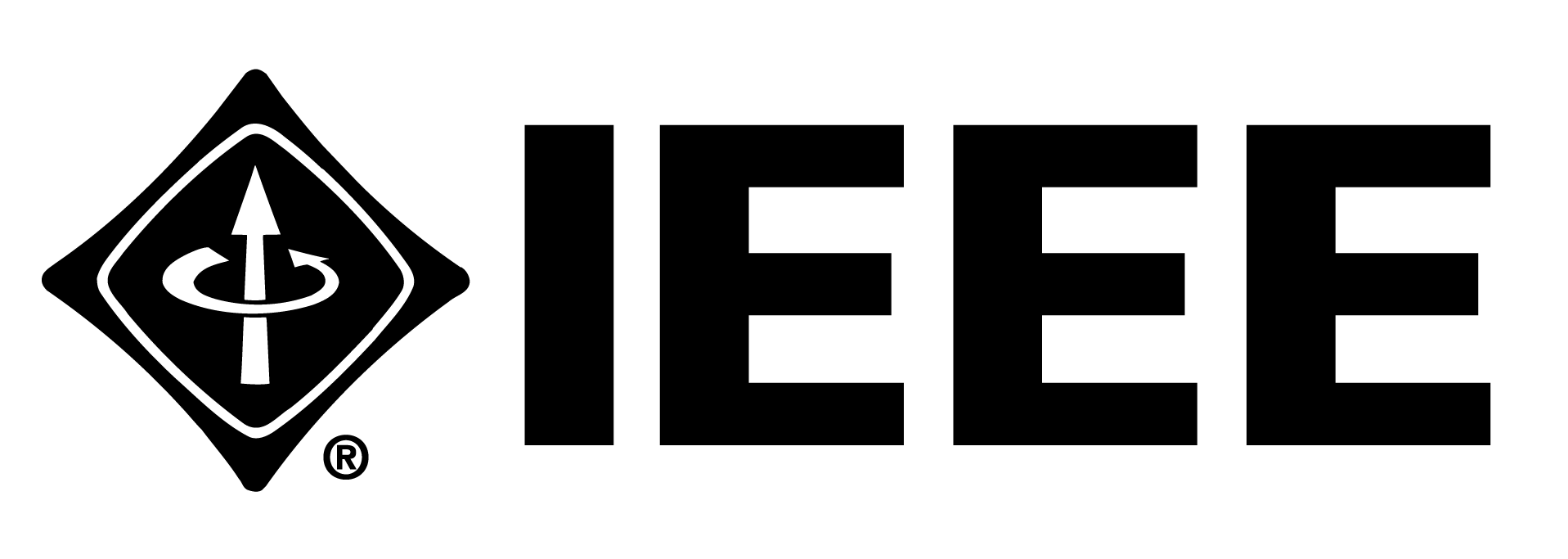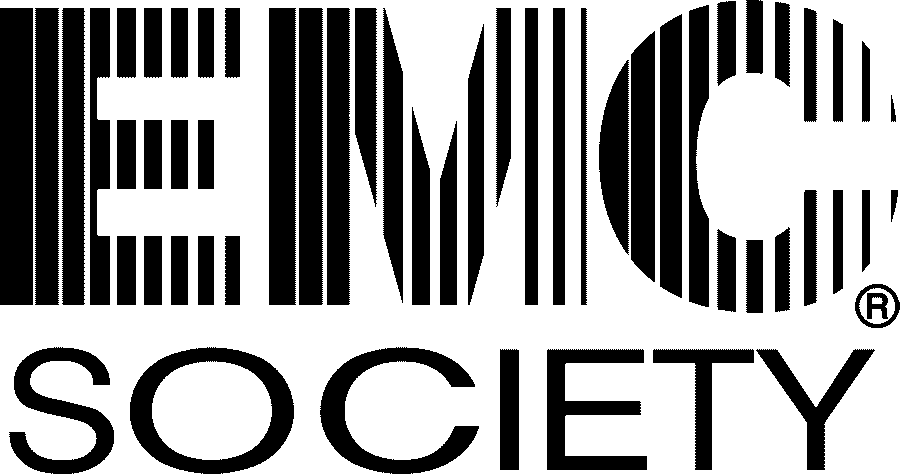


WORKSHOPS
INFORMATION
Workshop titles and presenters names are listed in the table below. Abstracts will be coming soon. For the purpose of registration, note the workshop number in the table, e.g. WS1. This number is how the workshops are listed on the registration form.
Workshop 1:
Title: Estimating Radiofrequency Radiation Hazards from Inside an Information Vacuum
Presenters: Dr Paul Kay and Mr Kevin Goldsmith
Abstract: A key part of any radiation hazard test or analysis is forming an estimate of the expected field strength or power flux density before commencing measurements or detailed computational simulations. Obtaining detailed antenna information can be difficult. Sometimes, little more than the antenna’s outer dimensions and specified gain may be available to the EMC practitioner. This is insufficient information to form a computational model of the antenna, and little more than a simple far field estimate of the field strength can be formed. Some standards, such as AS/NZS 2772.2 and NATO AECTP 250, provide analytical approximations to correct far field estimates using near field gain reduction curves. A number of established curve families have been published, but their use is not necessarily straightforward. This workshop guides practitioners through the iterative process of selecting and applying gain reduction for some types of antennas, and discusses the implications for antenna types that are not considered in the standards. The workshop is recommended for engineers and system integrators who have a requirement to understand or perform radio frequency hazard analysis for human exposure, fuel or ordnance applications.
Workshop 2:
Title: EMC Basics
Presenters: Dr Franz Schlagenhaufer
Abstract: The workshop focuses on EMC principles and design guidelines for the equipment level. It avoids the mathematical ballast of electromagnetic theory lectures, but still comes with a strong link to electromagnetic theory. Once the correlation between currents and electromagnetic fields are appreciated, construction and installation guidelines can then be derived from a sound theoretical basis and tailored to the particular application.
Grounding, Shielding, Filtering, and Wiring are the fundamental design criteria to achieve EMC on the equipment level. Grounding and the routing of internal wires come essentially free of charge, if planned early during the design cycle, while shielding and filtering usually add to the costs - significantly if considered too late. The workshop will address: Coupling between cables and how to reduce it; use and installation of filters and ferrites; Shielding degradation due to openings and how to minimise their adverse effect; Grounding of cable shields for low and high frequencies, for analogue and digital signals.
Workshop 3:
Title: Box Level Lightning Testing
Presenter: Mr Fred Heather
Abstract: MIL-STD-461 is will be adding in Box Level Lightning testing in the next "G" revision. This workshop will go over the test methods planned, the test equipment, and practical aspects of testing. The testing is based on methods address by RTCA Do-160 for lighting testing. So it is not new, just adopted. The workshop will go into some lesson learnt on how to obtain the best from the test equipment.
Workshop 4:
Title: Resonant Cavities to Reverberation Chambers - Theory and Practice
Presenters: Mr Kevin Goldsmith and Dr Paul Kay
Abstract: Reverberant Cavities (RC) are ubiquitous in modern equipment and systems. The better shielded enclosures and rooms EMC Engineers build, the more likely we are to create highly resonant cavities, for which little regard seems to be paid to the RF energy within those cavities and its effect on the circuits or equipment inside. An important place to start understanding those effects is to consider RCs in the form of Reverberation Chambers, which are no more than an RC with a tuner, and RC theory and current practice. Reverberation Chamber theory has been under development since early last century however the use of these cavities for EMC testing has been limited. The limitation may be associated with how an EMC engineer needs to think differently about the fields within cavities and chambers, the way characteristics like uniformity are defined and the performance of simple devices such as antennas. Reverberation Chambers have a strong place in the EMC Engineers test suite now that standards have been developed for their use. This workshop will present relevant Reverberation Chamber theory, discussion of testing opportunities, and review of current standards. An objective of the workshop is to have attendees increase their understanding of shielded enclosures, EMC design and Reverberation Chambers.
Workshop 5:
Title: Impact of Wind farm Generated Electromagnetic Interference (EMI) on radar systems
Presenter: Mr Krishna Venkataraman
Abstract: The surveillance radar detects aircraft returns amidst strong unwanted (clutter) returns by innovative and efficient Doppler signal processing of the radar returns. The tip of the wind blade of a wind turbine rotates at the angular velocity of about 150 m/sec (550 KM/hour) which falls into the Doppler frequency spectrum of the aircraft and hence detected by the radar as if it is an aircraft. So when the aircraft flies over or in the proximity of the windfarm, both aircraft and the wind farm echoes are simultaneously detected, processed and displayed causing serious track ambiguity concerns. It is a high risk for the radar tracker that the wind farm returns are tracked instead of aircraft returns. This poses a serious threat and a major safety concern to the Air Traffic Control radars. This workshop will discuss the various aspects of this EMI due to wind farms, their impact on radars and the possible mitigation techniques to minimise the impact of these interferences without compromising on the genuine aircraft detectability.
Workshop 6:
Title: Computer Modelling of EMC
Presenters: Dr Franz Schlagenhaufer and Dr Pina Dall’Armi-Stoks
This workshop provides an overview of the capabilities of computational electromagnetics as a tool to support analysis of EMC problems. A survey of the most commonly used techniques is presented, and the inputs and assumptions involved in producing a computer model of an EMC scenario are discussed. Details on different techniques, such as full wave solvers, Uniform Theory of Diffraction, or Physical and Geometric Optic and the theory behind will be provided. The importance of validation and verification will be discussed, and examples how to solve problems using different modelling techniques be given. The workshop is intended for engineers and researchers who may be embarking on computational modelling projects, or considering application of computational modelling to address or quantify EMC risk.


NOVEMBER 10 - 12, Adelaide South Australia



Copyright © 2015 by GEMCCON · All Rights reserved · E-Mail: andrew.walters@ieee.org